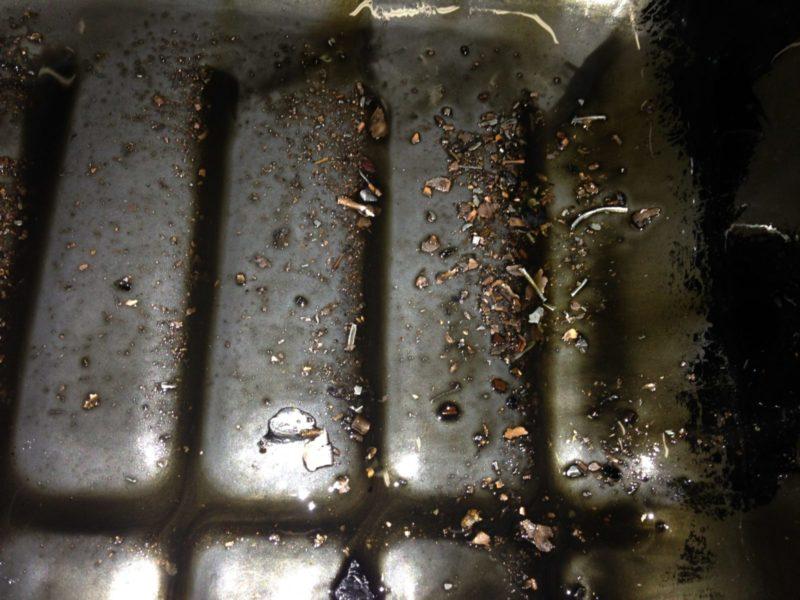In addition to main and connecting rod bearings, and camshaft bearings, bearings are also mounted in a motor to limit the necessary axial play. When you depress the clutch pedal, you push not only the pressure group, but also the flywheel, coupled the crankshaft, forward (depending on the arrangement of the engine).
Axial play
The rotating crankshaft is held in place by the stationary axial bearings. With some engines, only one such bearing is mounted. Usually on the flywheel side. Behind the mounting plate with which the connection between engine and gearbox is established.
That bearing is lubricated by 'leak oil' or 'splash oil'. So, like the other bearings, it does not have a channel through which the oil is supplied under pressure. Bee Triumph TR engines, but also the engines mounted in the Herald, Spitfire, GT6, Vitesse and derivatives such as Bond, Fairthorpe, TVR, but also the MG Midget 1500.
Wear
The 'locking' of the bearing is not to be called overwhelming and falls out after 'some' wear, into the oil pan. The crankshaft can then move freely back and forth, which not only causes wear to the engine block, but also to connecting rod and main bearings as well as the crankshaft, piston rings, pistons, and bores of the cylinders. What can you do about this? Having the entire engine adjusted by someone who knows what they are doing can 'think'. An expensive solution.
What can you do about it
Living with it and trying to avoid misery. By not starting the engine with the clutch engaged and not being in the traffic jam for minutes with the clutch engaged, waiting for a traffic light. Depress the clutch pedal as little as possible. Is anyway better with every engine. Whether that is a Ferrari, Chevrolet, Austin-Healey, Jaguar, Volkswagen Beetle.




We own a Suzuki Swift with a keyless entrance and a start button.
It really won't work if you don't press the clutch.
yes, this information is still useful, with the real techie / tinkerer this is a well-known story but I think this is already part of the driver training.
hww
I thought you should hit the clutch when starting ...
Found on a forum, the following information about starting: "If you do not press the clutch, a part of the gearbox also rotates, which means extra load on the battery".
But when I read this article, it is better NOT to press your clutch when starting, because otherwise the locking of the “stationary axial bearings” will not be provided with 'leakage oil' or 'splash oil', and will therefore not be lubricated? And this, in turn, can cause the crankshaft to come loose?
So if I understand correctly, do you have the choice when starting to relieve the load on your battery (so clutch depressed) or protect your engine (so don't clutch clutch)?
Gosh, then the choice is not that difficult anymore ...